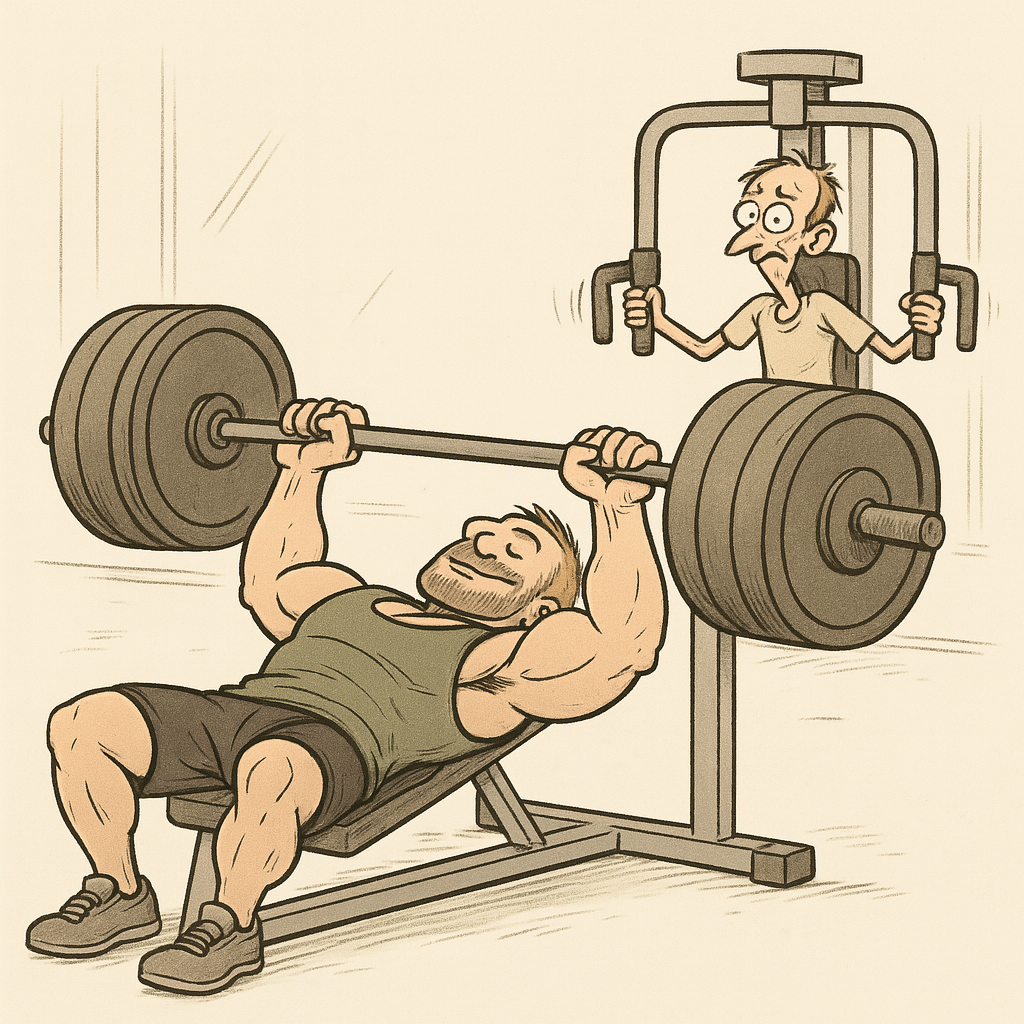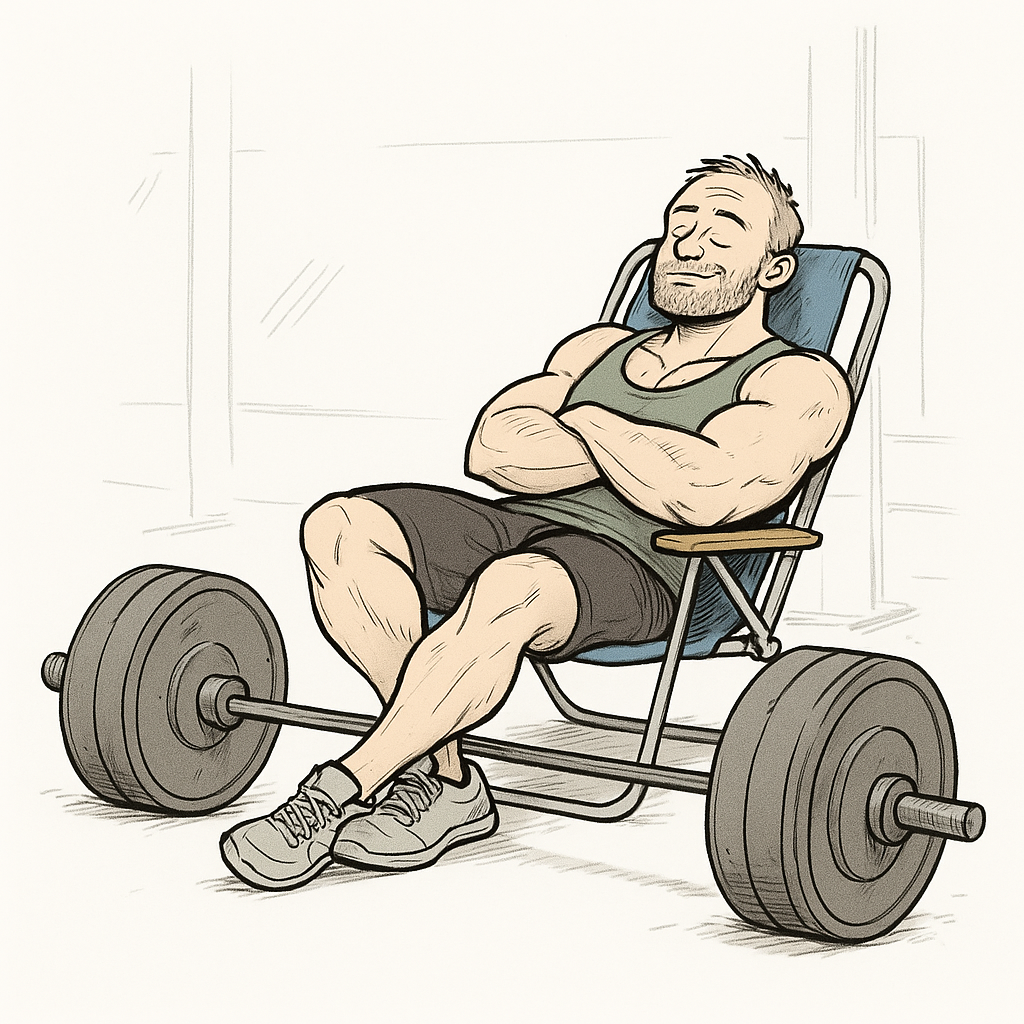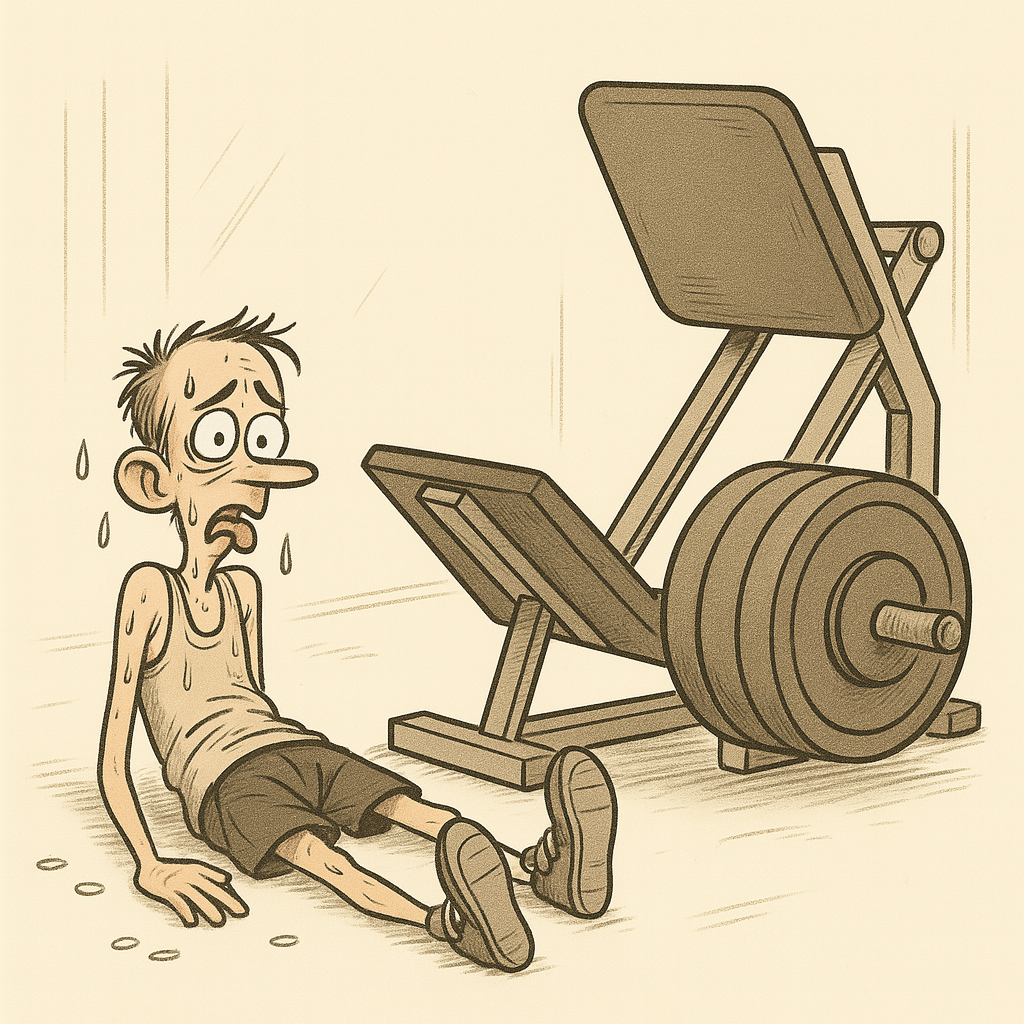
Freeweights vs Smith Machine: The Complete Showdown
From bench to squats to deadlifts: does the guided track beat raw iron? We pit freeweights against the Smith on every major lift.
Freeweights vs Smith Machine: The Complete Showdown
Step inside any commercial gym and you’ll spot two tribes. One lines up under raw iron—barbells free in space, plates rattling, spotters ready. The other slides into the rails of a Smith machine, rep after controlled rep along a single steel path. Which camp really drives more size, strength, and athletic carryover? And does that answer change for the bench press, squat, and deadlift?
Below we dissect the evidence, bust the myths, and crown the winners for each big lift.
Popular Myth #1 – “Smith Machine Is Safer and Just as Effective”
Safety is contextual. Yes, the fixed track removes balance demands and lets you hook‑rack at any point. But that same rigidity also strips away stabilizer recruitment and forces your joints into one predefined arc—which might not match your anatomy. Over the long haul, that can mean less neuromuscular growth and more wear at awkward angles.
So while the Smith can be a strategic tool, the claim that it’s equally effective (or safer) is far from settled science.
What the Research Says (2022 – 2025)
Bench Press – Quick Recap
2022 EMG Study (Diaz et al.) – Free‑weight bench produced 23 % greater anterior‑delt and 18 % greater pec major activation than a load‑matched Smith press.
2024 RCT (Liu et al.) – Over 12 weeks, free‑weight benching delivered 7.4 % pec hypertrophy vs 4.1 % for Smith‑only training.
Squat Showdown
2023 EMG Study (Martin et al.) – Barbell back squats elicited 29 % more glute max and 22 % more adductor activation than Smith squats at 80 % 1RM.
2024 RCT (Okada et al.) – In 10 weeks, barbell squatters gained 8.2 % quad CSA and added 5.6 kg to vertical jump power; Smith squatters managed 5.0 % and 1.9 kg.
Deadlift Duel
2022 Biomech Study (Torres et al.) – Conventional free‑weight deadlifts showed 35 % higher erector spinae and 28 % higher glute activation than Smith “rack‑pull” style pulls.
2025 Meta‑Analysis (Greenwood & Lee) – Across 11 studies, free‑weight deadlift programs produced ~40 % greater posterior‑chain strength gains vs Smith‑based protocols when volume matched.
Small percentage gaps add up over years of training—especially for lifters chasing maximal strength, athleticism, or a balanced physique.
Popular Myth #2 – “Barbells Destroy Your Joints”
Bad technique, ego loading, and poor programming destroy joints—not barbells. With appropriate form, progressive overload, and sane volumes, free‑weight pressing, squatting, and deadlifting are remarkably joint‑friendly. The Smith machine often feels smoother, but because it locks you into a single plane, it can amplify stress if that track doesn't fit your limb lengths or mobility.
Head‑to‑Head Comparison Across All Lifts
| Criterion | Free‑Weight Bench/Squat/Deadlift | Smith Machine Variants |
|---|---|---|
| Total Load Potential | ✅ Highest across lifts | ❌ Lower (stabilizers removed) |
| Stabilizer Recruitment | ✅ Significant core & rotator/glute/erector demand | ❌ Minimal |
| Natural Bar Path | ✅ Self‑selected, joint‑friendly | ⚠️ Fixed, non‑negotiable |
| Strength Transfer | ✅ High carryover to sports & other lifts | ⚠️ Moderate |
| Skill Development | ✅ Builds coordination & proprioception | ❌ Limited |
| Setup Convenience | ⚠️ Needs safeties/spotter | ✅ Hook‑rack anytime |
| Learning Curve | ⚠️ Steeper but rewarding | ✅ Beginner‑friendly |
Quick Questions
Can I lift heavier numbers on the Smith?
Often yes, but those numbers don’t translate 1‑for‑1 to free‑weight strength because stability is outsourced to the rails.
Is the Smith ever better?
During rehab, deloads, or high‑volume pump work, its reduced stability demand can help accumulate volume without frying your CNS. Just don’t let it replace freeweights long‑term.
Which squat stance works best in a Smith?
Most lifters end up with feet slightly forward to keep hips under the bar. That shifts emphasis from posterior chain to quads. Good for variety—not for replicating a powerlifting back squat.
How about Romanian Deadlifts (RDLs)?
A Smith RDL can be great for isolating hamstrings with less balance stress, but it still under‑recruits spinal erectors compared to free‑weight RDLs.
TL;DR
Freeweights dominate for full‑body stimulus, strength carryover, and long‑term hypertrophy.
Smith machines are tools—use them for targeted volume, injury work‑arounds, or logistical ease, but don’t crown them king.
References
- Diaz J, Sánchez‑Medina L, et al. “EMG Activity in Smith vs Free‑Weight Bench Press,” J Strength Cond Res, 2022.
- Liu K, Zhao J, Wu P, et al. “Hypertrophic Adaptations to Free‑Weight vs Smith Press Training,” Eur J Sport Sci, 2024.
- Martin J, Peters A, et al. “Muscle Activation in Barbell vs Smith Squats,” Int J Sports Sci, 2023.
- Okada H, Watanabe S, et al. “Morphological and Power Gains: Free‑Weight vs Smith Squats,” Med Sci Sports Exerc, 2024.
- Torres P, Abreu R, et al. “Posterior‑Chain Demand in Deadlifts: Free vs Guided,” J Biomech, 2022.
- Greenwood M, Lee T. “Smith Machine vs Free‑Weight Deadlifts: A Meta‑analysis,” Strength & Conditioning Reviews, 2025.


